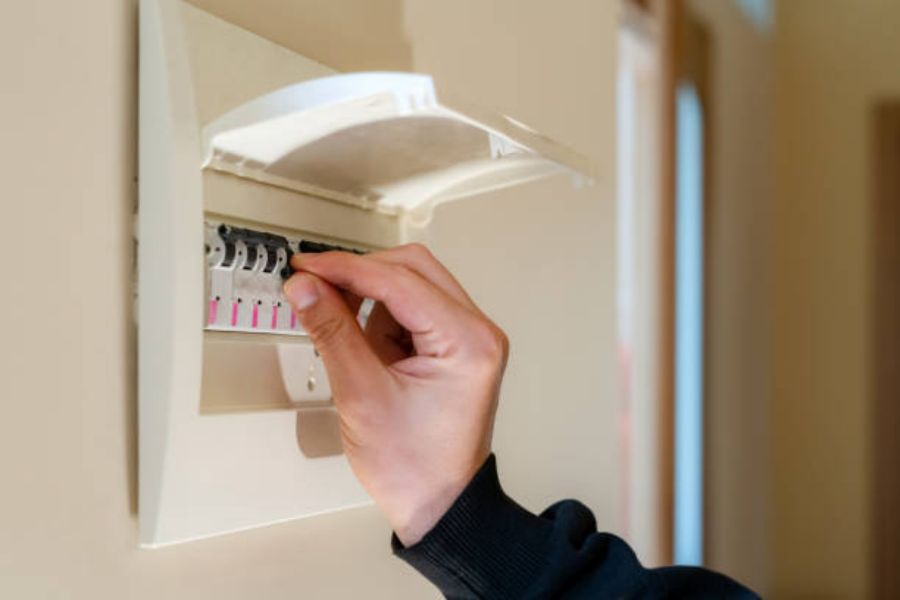Table of Contents

The Basics of circuit breaker substation
Circuit breaker substations are electrical substations that distribute power to smaller areas including households and commercial buildings. These substations are responsible for controlling the flow of electricity, ensuring that power is delivered consistently and safely to end-users.
History of Circuit Breaker Substation
Circuit breaker substations have been around for more than a century, with the first substation being built in 1886 in New York City. Before the modern design of circuit breaker substations, power distribution was done through the use of switchgears, which presented many operational challenges.
The Importance of Circuit Breaker Substation
Circuit breaker substations play a critical role in ensuring that power is distributed efficiently and consistently to end-users. They help prevent the occurrence of electric faults that could lead to power outages, fires, and other hazards. Additionally, they help improve the reliability of power supply, which is essential in modern society.
Components of Circuit Breaker Substation
The primary components of circuit breaker substations include transformers, switchgears, circuit breakers, surge protection devices, and distribution feeder cables. These components work together to ensure the safe and efficient distribution of power from the substation to end-users.
Types of Circuit Breaker Substation
There are different types of circuit breaker substations, depending on their purpose and location. Some of the most common types include distribution substations, transmission substations, and switching substations. Each type of substation serves a specific purpose and has unique features and components.
Design Considerations for Circuit Breaker Substation
Designing a circuit breaker substation requires careful planning and consideration of various factors. These factors include the location of the substation, the type of environment it will be installed in, the load requirements, and the number of users it will serve.
Maintenance of Circuit Breaker Substation
To ensure the optimal performance of a circuit breaker substation, regular maintenance is necessary. Maintenance activities include inspecting and testing all components, cleaning, lubrication, and repairing or replacing damaged parts. Regular maintenance not only ensures the efficient operation of the substation but also extends its lifespan.
Future of Circuit Breaker Substation
The future of circuit breaker substations is bright, with continued development and advancements in technology. These advancements include the use of smart technologies, which allow for real-time monitoring and control of power transmission and distribution. Additionally, advancements in renewable energy sources such as solar and wind power are likely to increase demand for circuit breaker substations.
Common Problems in Circuit Breaker Substation
Common problems that may occur in circuit breaker substations include voltage spikes, short circuits, and ground faults. Faults may cause the substation to trip or fail, leading to power outages and other hazards. Preventive maintenance and regular inspection can help avoid these faults and ensure the efficient and consistent distribution of power.
Conclusion
Circuit breaker substations play a critical role in the power distribution system, ensuring that power is delivered efficiently and safely to end-users. They have a long history and have undergone significant advancements over the years. Regular maintenance, careful design, and the use of smart technologies will continue to improve their performance and reliability in the future.
